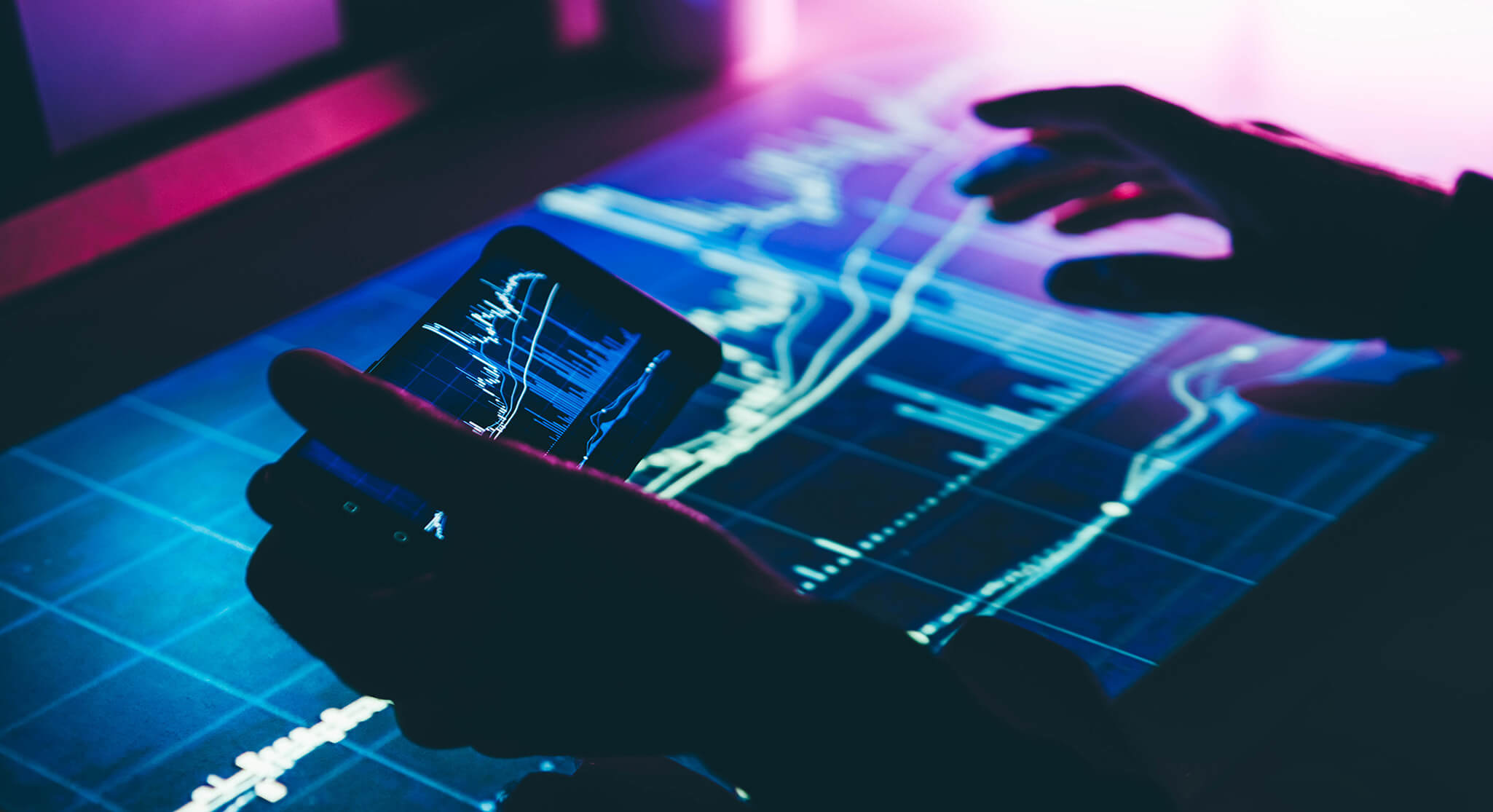Assessing the impact of electronification on sell-side markets
Markets have changed greatly over the past two decades, and exchange-traded derivatives (ETDs) more than most. This corner of the capital markets has become one of the most dynamic in the global financial industry. The number of contracts has skyrocketed from 21.13 billion contracts in 2012 to 137.38 billion in 2023.
Exponential growth in Asia, particularly in India, is behind the most recent surge. However, this follows years of gradual expansion driven by regulatory changes and the evolution of derivatives trading technology.
In the 1980s, electronic trading platforms began to replace the traditional open outcry system.
For centuries, open outcry trading had been crucial to the world’s financial system. Traders at each exchange gathered in a pit. They traded face-to-face using a system characterized by shouting, hand signals, and physical paperwork. Despite open outcry trading’s chaotic appearance, it followed strict rules and protocols. It allowed traders to build relationships, acquire specialist market knowledge, and negotiate complex deals in person.
Since the 1990s, most trading has transitioned from the open outcry method to electronic platforms. This shift was spearheaded by Deutsche Terminboerse (DTB), who introduced a more efficient and cost-effective trading platform in 1990.
This innovation triggered an industry-wide transition to electronic trading, with all the major exchanges developing their own systems.
Electronification has revolutionized the sell-side, driving efficiency, profitability, and growth.
Intermediaries respond
Futures Commission Merchants (FCMs), intermediaries in the futures markets, responded to electronic trading by collaborating with Independent Software Vendors (ISVs) to develop platforms that offered access to multiple markets on a single screen.
This led to a proliferation of trading platforms. Dozens of ISVs provided access to major exchanges such as CME, ICE, Eurex, and HKEX.
The rise of ISVs and the electronification of markets instigated a significant shift in the industry. Many floor traders joined ISVs, FCMs, or proprietary trading firms, promoting electronification and high-frequency trading. This led to the automation of trading activity, with algorithms replacing most complex manual execution strategies.
The introduction of the euro led to a consolidation of European trading venues. Coupled with the restructuring of exchanges as profit-oriented organizations, this led to increased monetization of services and capitalization on assets, particularly market data.
However, after the global financial crisis of 2007-8, the 2010s marked a period of contraction as regulations tightened, costs rose, and revenue channels diminished. Regulations such as Dodd-Frank and Basel II and III significantly impacted FCMs, and the number of active FCMs fell sharply.
Bye bye outcry
In the face of these challenges, technology played a pivotal role in reversing the downward trend.
Open outcry trading had placed limitations on the growth and efficiency of the markets. The concentration of trading in single locations constrained the size of the markets. Also, there was no way to provide real-time market information.
Electronification removed these shackles. This allowed trading volumes to grow and enabled new types of trading, such as arbitrage. Real-time information provided greater transparency and facilitated better risk management.
Democratizing market access
Another effect of the introduction of electronic trading platforms was to democratize the markets. Platforms such as LIFFE Connect and CME Globex made listed derivatives accessible to new market participants. They also expanded trading beyond the traditional floor hours. For example, the launch of the E-mini S&P 500 futures contract on CME Globex in 1997 opened up the landscape for smaller investors.
Retail investors haven’t looked back. Growth in the US and India has broken records, as we wrote recently. In Europe, retail brokers are poised to expand derivatives as regulatory challenges mount.
Listed derivatives markets on the other side of the Atlantic have shown they can cater to retail investors. They have launched smaller-sized contracts and so-called zero-day options – the two fastest-growing segments across global markets. Similar products have been launched in Europe and are gaining in popularity.
The pivotal role of technology
Today, technology is critical to the markets. The future of trading lies with technology providers who can automate redundant, overly complex, and human-intensive workflows, simplify processes, and introduce next-generation transaction-level diagnostics.
By reducing barriers to entry through turn-key SaaS solutions, these providers can help to increase and diversify the number and range of market participants. This reduces the systemic concentration risk associated with a reliance on a narrow group of players.
Simplifying complexity, reducing cognitive load for traders
Market traders also need to consider decluttering their desktops. According to a Broadridge report, ISV platforms operating in listed derivatives have traditionally adhered to closed systems. In such systems, connectivity — especially to trading venues — is tightly integrated with the core trading platform. However, this approach has led to some challenges.
The desktops of FCM traders are typically overcrowded. They juggle multiple tasks, including risk management, monitoring algorithmic trading across platforms (including vendor systems chosen by clients), and supervising overall trading operations. A fragmented set of tools and processes creates a significant overhead for traders, diverting their attention from value-added customer service.
Moving to open and flexible FIX connectivity might help. Such an approach would clearly delineate between the order entry platform chosen by clients (such as an ISV platform) and the sell-side platform used for risk management. This separation is already the norm in other asset classes.
The symbiosis of markets and technology
Markets and technology have a two-way relationship. Market needs drive technological progress. And in turn, technology makes the markets more efficient and allows them to develop in new ways.
However, the transition to electronic trading hasn’t been without its challenges.
The decline of open outcry trading led to a loss of human contact and specialist knowledge, which were crucial in the pits. Success in electronic markets depends on reading data, not people.
Electronification has also created the danger of flash crashes, like the one in 2010 that knocked USD 1 trillion off the value of assets.
But despite these challenges, the advantages are clear. The result has been an increase in trading volumes and velocity, along with the rise of algo and high-frequency trading.
Open outcry has not entirely disappeared. In 2022 Cboe opened a new hybrid trading floor as customers continue to find value in face-to-face contact, especially for executing larger, more complex orders.
Nonetheless, electronification has had a profound impact on the sell-side, driving growth, efficiency, and profitability. While it has brought new challenges, the benefits it provides of lowering costs and improving services for investors and enabling access to the global financial system are clear.
Don't miss out
Subscribe to our blog to stay up to date on industry trends and technology innovations.



